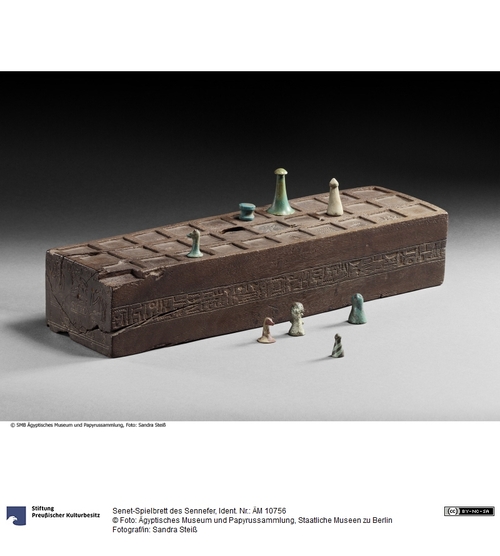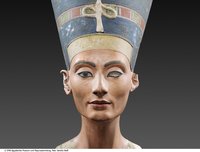Das Brettspiel Senet war das beliebteste Spiel der Oberschicht während der gesamten ägyptischen Geschichte (ca. 3000 v. Chr. bis 300 n. Chr.). Es wurde zu zweit mit je sieben Spielfiguren sowie Wurfstäbchen oder Würfeln gespielt. Einzelne Felder sind mit Hieroglyphen beschriftet, die dem Spieler Glück oder Unglück brachten. Neben zahlreichen Darstellungen in Gräbern – die berühmteste im Grab der Königin Nefertari – sind auch komplette Originalspiele oder einzelne Spielfiguren, Stäbchen und Würfel erhalten.
O. Zorn
en

